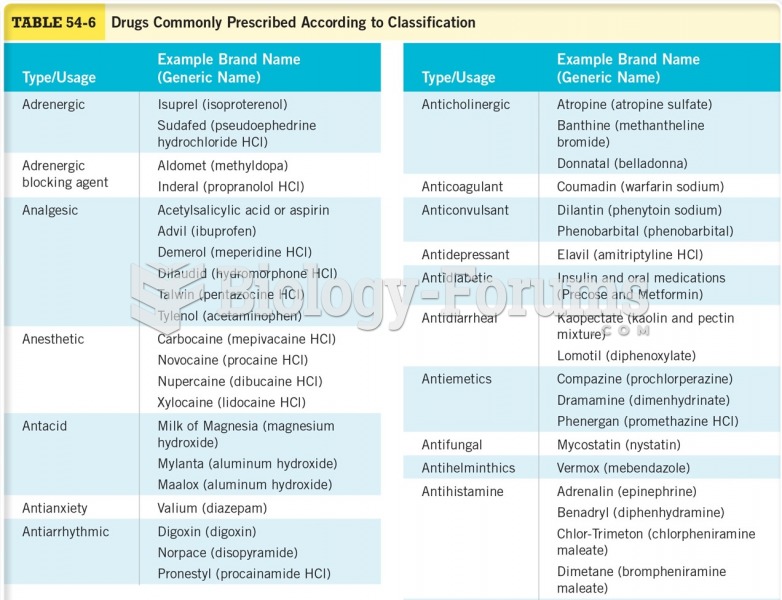Answer to Question 1
Correct Answer: 4
Rationale 1: Ambien should be swallowed whole with plenty of water.
Rationale 2: The presence of food will reduce absorption of the drug, so it should be taken on an empty stomach.
Rationale 3: Ambien has a very rapid onset and should be taken immediately before bedtime.
Rationale 4: Ambien has a very rapid onset and should be taken immediately before bedtime.
Global Rationale: Ambien has a very rapid onset and should be taken immediately before bedtime. Ambien should be swallowed whole with plenty of water. The presence of food will reduce absorption of the drug, so it should be taken on an empty stomach.
Answer to Question 2
Correct Answer: 3
Rationale 1: Assessing for drug interactions with other medications should be completed prior to administering the medication.
Rationale 2: Changing position slowly, especially from lying down to standing, helps to prevent dizziness and possible falls, especially in the older adult. However, this is not the priority intervention when administering the medication.
Rationale 3: When providing this medication through the parenteral route, the client should be monitored for respiratory depression.
Rationale 4: Ativan is used for several off-label indications, including seizures. However, this is not the priority intervention when administering the medication.
Global Rationale: When providing this medication through the parenteral route, the client should be monitored for respiratory depression. Assessing for drug interactions with other medications should be completed prior to administering the medication. Changing position slowly, especially from lying down to standing, helps to prevent dizziness and possible falls, especially in the older adult. However, this is not the priority intervention when administering the medication. Ativan is used for several off-label indications, including seizures. However, this is not the priority intervention when administering the medication.







